Retro Replay Review
Gameplay
Age of Emerald builds its foundation on classic match-three mechanics, yet introduces a compelling layer of city building that keeps each level feeling fresh. You start by lining up tiles of money, food, and magic, dragging your mouse across two or more matching items to form a chain. Diagonals are off the table, but you’re free to weave around the board in horizontal and vertical patterns, letting you craft intricate strategies to fill the meter on the left side of the screen.
Once you’ve filled that meter, the game shifts into a city-management phase where resources you earned translate directly into new buildings, gardens, wells, and more. Each structure has specific requirements in money, food, or magic, coaxing you to plan your matches carefully. Do you focus on magic-heavy combos to unlock arcane towers, or do you stockpile food to expand farms for greater long-term yields?
As you progress through Age of Emerald, you’ll collect special power-ups—like the hammer, which clears any cluster of five tiles regardless of shape. Learning when to deploy these buffs is part of the challenge. Save your hammer for a critical bottleneck, or spend it early to power through a tough level? The choice is yours, and it can mean the difference between a flawless kingdom or a half-finished shantytown.
The pacing is well balanced: short burst match-three sessions followed by satisfying city improvements. Even seasoned puzzle veterans will find the difficulty curve engaging, with levels that steadily introduce new tile types and resource constraints. Whether you’re a casual gamer looking to unwind or a completionist who wants every bonus unlocked, Age of Emerald’s gameplay loop delivers a rich puzzle-and-build experience.
Graphics
Visually, Age of Emerald shines with its bright, jewel-toned palette that makes each tile pop off the board. The money, food, and magic icons have unique shapes and subtle animations, ensuring you never lose track of which resource you’re matching. When you create a significant combo, the tiles burst in a cascade of sparkles, rewarding your efforts with satisfying visual flair.
The city-building screen is equally charming. As you purchase buildings, you’ll watch your magicians’ city evolve from a simple cluster of huts into a sprawling emerald metropolis. Tiny characters wander your streets, fountains overflow with magic-infused water, and gardens bloom with colorful flora. This sense of progression is heightened by day-night cycles and weather effects that reflect the magical realm you’re helping to craft.
User interface elements are thoughtfully designed: resource counters, level meters, and power-up buttons are all clear and unobtrusive. Tooltips appear seamlessly when you hover over an item, explaining its function without interrupting gameplay. This clean presentation makes it easy to focus on strategy rather than hunting for information.
While Age of Emerald isn’t aiming for photo-realism, its stylized aesthetics serve the match-three and city-building mechanics perfectly. The art direction is whimsical without feeling childish, striking a balance that will appeal to both younger players and adults seeking a polished, relaxing puzzle experience.
Story
At its heart, Age of Emerald is driven by a simple yet engaging narrative: four ambitious magicians have been tasked with creating the world’s most magnificent city in time for the King’s grand birthday celebration. You step in as their trusted assistant, responsible for lining up the necessary resources—money, food, and magic—to bring their shared vision to life.
Each magician brings a distinct personality and magical specialty to the project, and the game sprinkles in character interactions as you advance. Watch as the fiery sorcerer argues with the nature-focused druid over garden placement, or as the regal archmage debates taxation levels with the city’s budgeteer. These little narrative vignettes add charm and context, making your city more than just a collection of buildings.
Despite its lighthearted tone, the storyline ramps up intrigue as the King’s birthday draws nearer. Rival courtiers hint at sabotage, and mysterious magical anomalies begin to ripple through the land. This subtle shift from casual building to looming mystery keeps you invested, eager to see how your choices and resource management will influence the city’s fate.
Age of Emerald weaves its plot around gameplay without resorting to lengthy cutscenes or excessive dialogue. Story beats arrive just often enough to maintain momentum, making every match-three level feel like a step toward a larger magical celebration rather than a standalone puzzle.
Overall Experience
Age of Emerald succeeds at blending two genres—match-three puzzles and city building—into a cohesive, addictive package. The thrill of chaining tiles and the satisfaction of watching your city grow operate in tandem, creating a gameplay loop that’s hard to put down. Whether you have five minutes or an hour, you’ll find ways to engage meaningfully with the game.
Replay value is high. Levels have optional objectives, timed challenges, and bonus stages that encourage you to revisit completed sections with new strategies. If you’re someone who loves maxing out every building or collecting every power-up, Age of Emerald offers the depth you crave without feeling grindy.
Sound design complements the visuals and mechanics beautifully. A gentle orchestral score underpins your progress, while chimes and magical whooshes accompany successful matches. These audio cues are subtle but effective, reinforcing the sense of accomplishment each time you expand your domain.
For anyone seeking a vibrant match-three game with meaningful progression and a sprinkle of narrative flair, Age of Emerald is a standout choice. It strikes the right balance between accessibility and strategic depth, making it suitable for newcomers and puzzle veterans alike. Embark on this enchanting journey, and help four ambitious magicians craft a city that will be remembered for generations to come.
 Retro Replay Retro Replay gaming reviews, news, emulation, geek stuff and more!
Retro Replay Retro Replay gaming reviews, news, emulation, geek stuff and more!
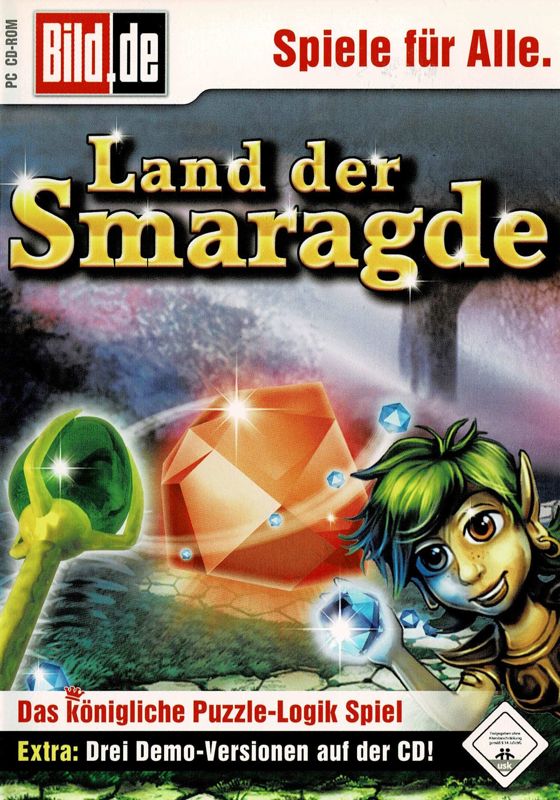
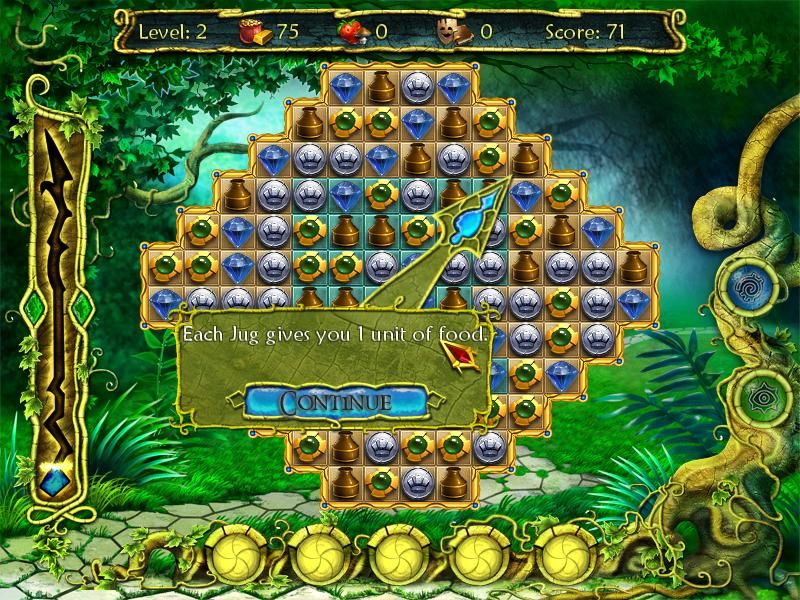

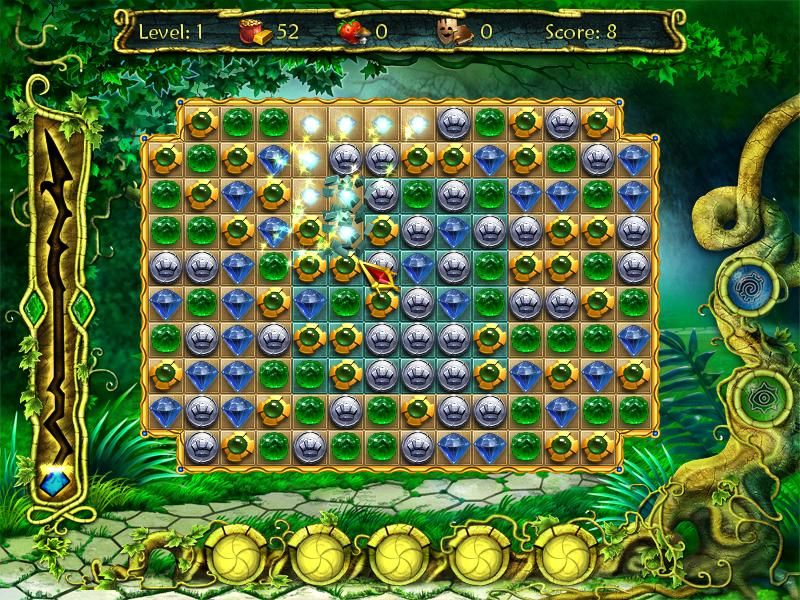
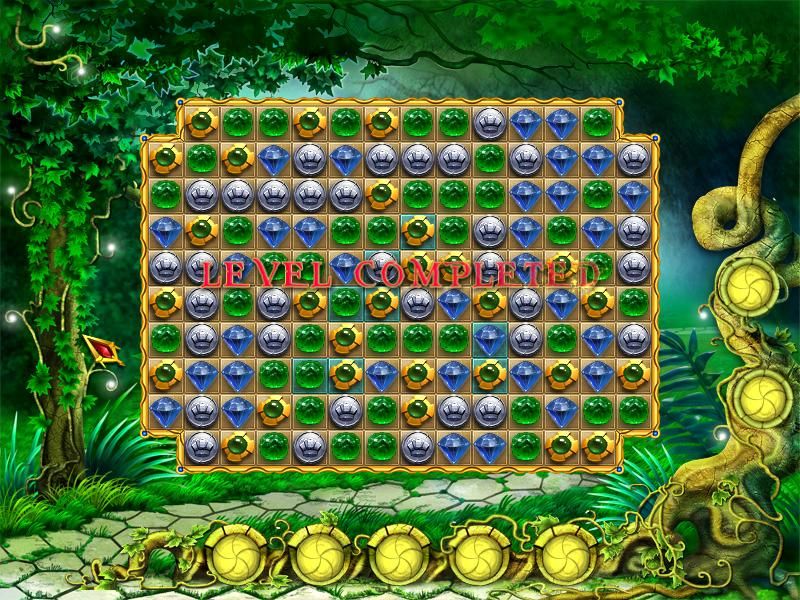
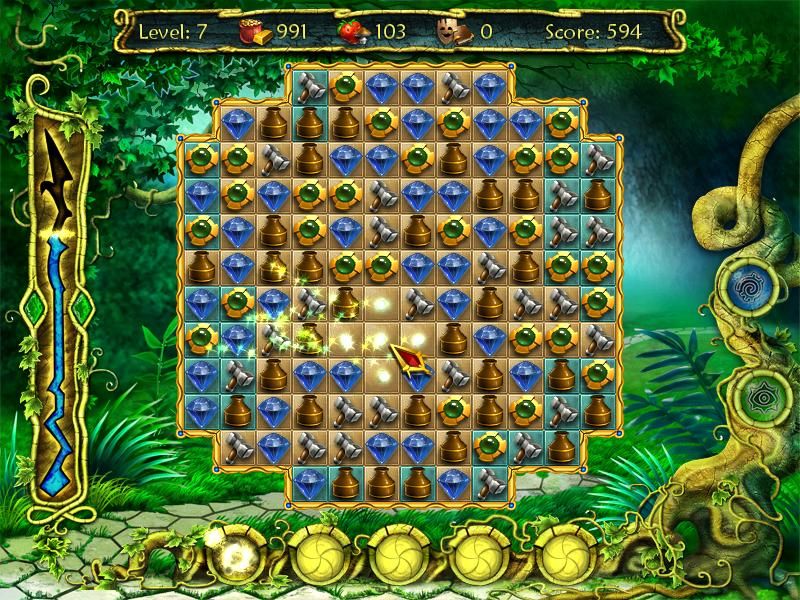



Reviews
There are no reviews yet.